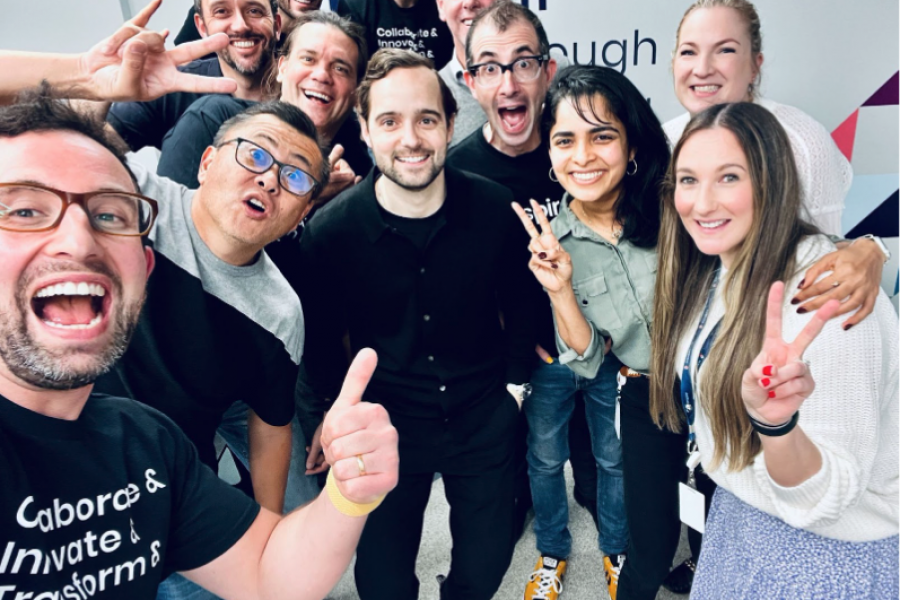In a potentially far-reaching move, the Supreme Court of the United States recently cleared the way for people with disabilities to sue retailers if their websites and apps aren’t accessible.
The ruling came after Guillermo Robles, who is blind, filed suit in Los Angeles three years ago claiming he had been unable to order a pizza online because the Domino’s website wasn’t accessible. He cited the ADA (Americans With Disabilities Act), which guarantees to people with a disability “full and equal enjoyment of the goods and services … of any place of public accommodations.”
Despite an argument from Domino’s lawyers that the provision should only be for its brick-and-mortar locations, the 9th Circuit Court of Appeals agreed with Robles and said the law applied to its online services as well as physical stores.
Many are saying the case could open the door to other such lawsuits, resulting in businesses being sued for inaccessible websites and apps.
But accessibility should be viewed as more than just a checklist of legally-binding criteria you need to tick off, or something you must learn and apply overnight – something we advocate through Apps for All.
With the right approach, accessibility can lead to greater innovation, better reputations, more customers, stronger ROIs and the best digital experiences possible.
What was Domino’s argument against accessibility?
In a statement about the litigation on its website, Domino’s said there should be federal standards for everyone to follow when making their websites and apps accessible.
“Creating a nation-wide standard will eliminate the tsunami of website accessibility litigation that has been filed by plaintiffs’ lawyers exploiting the absence of a standard for their own benefit, and chart a common path for both businesses and non-profit institutions to follow in meeting the accessibility needs of the disabled community.” – Domino’s statement on website accessibility litigation.
However, a “standard” already exists – the Web Content Accessibility Guidelines (WCAG), which has been developed in cooperation with individuals and organisations around the world.
The US Government has its own IT accessibility program too – Section 508, which provides tools and training for things like universal design.
In a petition against the 9th Circuit Court of Appeals’ decision, Domino’s said that “[o]rganisations simply lack ‘the financial and manpower resources to retrofit these sites,’” the costs of which could “run into the tens or hundreds of thousands of dollars.”
Yet in 2015, Domino’s said it was ‘an e-commerce company that sells pizza‘ with a third of its total employees dedicated to tech and digital platforms. Last year, it topped USD$13.5 billion in global sales.
And the estimated cost to make Domino’s website more accessible according to court documents? $38,000.
By choosing to pursue legal action rather than addressing accessibility issues with its website, Domino’s has not only wasted three years of time and a great deal of money, but also alienated a huge group of consumers and attracted a lot of negative press.
Reasons to prioritise accessibility from the get-go
It remains to be seen how Domino’s accessibility experience will affect or influence other markets such as Australia. But a lot can be said for giving precedence to accessibility from day one, as you could reap the following rewards:
Create the best digital product or experience possible
Best design practice often translates to best accessibility practice – accessibility and design are not mutually exclusive. What’s more, accessibility improvements aren’t just beneficial for people with disabilities; they can contribute to a better, seamless, more enjoyable experience for all users. By putting inclusion at the forefront of your thinking, you’ll go beyond accessibility and create something for everyone.
Foster greater innovation in your organisation
Domino’s commitment to innovation in other areas – its AnyWare ordering platform for connected cars as well as integration with personal assistants like Alexa and Google Home – makes the decision to shun accessibility improvements even more bizarre. Sure, making your website or app accessible for the range of cutting-edge tech available today isn’t easy, but this in itself will foster greater innovation, which also comes with numerous benefits – productivity, brand recognition, competitiveness and profitability.
Maximise reach and revenue
If you choose to ignore the wants and needs of people with disabilities, you could potentially lose the business of one billion people around the world. An ageing population also means more age-related ailments such as sight and hearing loss. Inclusive design simply makes good business sense, as you’ll maximise your reach and revenue to audiences far and wide.
Establish a glowing reputation
Did you know that people with disabilities are three times as likely to avoid an organisation and twice as likely to dissuade others because of an organisation’s negative diversity reputation? An accessibility-first approach avoids these scenarios, positioning your organisation as inclusive and forward-thinking. People with disabilities, as well as their family, friends, colleagues and employers are bound to hear about your good work.
Achieve a strong ROI
From browsing to buying, customers will receive a seamless experience when using your accessible website or app. This could mean more customer loyalty and less strain on other resources such as support staff. You’ll even gain a competitive advantage over rivals that do not prioritise or care about accessibility.
Partnering with Transpire for better accessibility
Universal design is one of Transpire’s core values, with accessibility an essential thread of our fabric. For example, we work closely alongside Telstra on Apps for All – an online resource for designers and developers to better understand accessibility on mobile devices.
Transpire has also helped many enterprises including Virgin Australia, ANZ and Vodafone Foundation Australia ensure that their websites and apps are accessible for all users.
But that doesn’t mean to say embedding accessibility and inclusion into every project is like adding a certain feature or facilitating greater functionality. It’s a continual process of good, better, best…
“Building digital accessibility and inclusion is not an all or nothing exercise, it’s about awareness, building empathy, and making small, continuous improvements,” says Transpire’s Head of UX Amir Ansari.
To find out how accessible your website or app is, get in touch with Transpire today.








